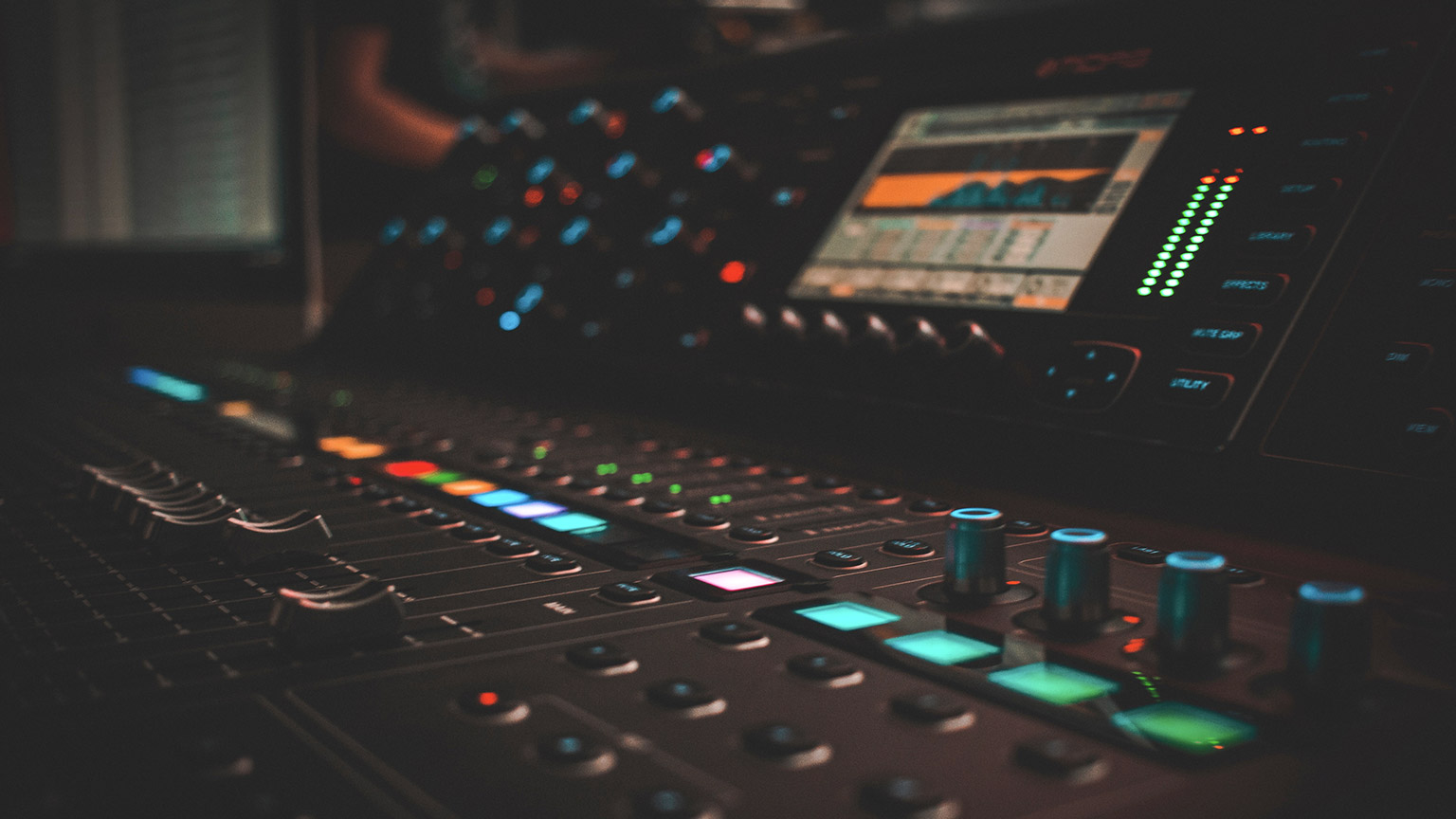In Topic 4 you will gain a deeper understanding of development tools, engines, and level design concepts. You should also continue to develop basic scripting skills required to build any game.
An asset is any item that you use in your Unity project to create your game or app. Assets can represent visual or audio elements in your project, such as 3D models, textures, sprites, sound effects, or music. Assets can also represent more abstract items such as colour gradients, animation masks, or arbitrary text or numeric data for any use.
An asset might come from a file created outside of Unity, such as a 3D Model, an audio file, or an image. You can also create some types of assets in the Unity Editor, such as a ProBuilder Mesh, an Animator Controller, an Audio Mixer, or a Render Texture.
Asset workflow in Unity
The above diagram shows the typical workflow when you work with assets in Unity. Each column represents a separate step and is described below:
- Import assets into the Unity Editor.
- Create content using the Unity Editor with those assets.
- Build your app or game file. Optionally you can use its accompanying content bundles.
- Distribute the built files so that your users can access them via a publisher or an app store.
- Load further updates as necessary at runtime, depending on your user’s behaviour, and how you have grouped and bundled your content.

| Welcome to the next Unity Learn series. | |
|---|---|
| Total Tasks: | 3 |
| Description: | In this series, you will be learning player control, etc |
| Total Time Budget: | 7 hours |
Time budget: 6 hours 30 mins
Description: Unit 1 introduces important concepts related to simple C# coding, camera movement, and player control. You will gain a deeper understanding of development tools, engines, and level design concepts. You will also continue to develop the basic scripting skills required to build any game.
Access Task 1: Player Control - Unity Learn
Time budget: 6 hours 30 mins
Description: In unit 4 you will program an arcade-style Sumo battle with the objective of knocking increasingly difficult waves of enemies off of a floating island, using power ups to help defeat them. In creating this prototype, you will learn how to implement new gameplay mechanics into your projects, which are new rules or systems that make the game more interesting to play. On one hand, you will learn to program a powerup, which give the player a temporary advantage. On the other hand, you will learn to program increasingly difficult enemy waves, which make survival more challenging for the player. A good balance of powerups and increasing difficulty make for a much more interesting gameplay experience.
Access Task 2:Gameplay Mechanics - Unity Learn
Time budget: 5 mins
Description: During the development of any project in Unity, there will be a need to import assets, whether they be 3D or 2D. Assets come in various file formats such as .fbx, .png, and .tga. These are just a few but are commonly used in Unity development. In this tutorial, you will learn different ways to bring in your assets.
Access Task 3:Importing Assets - Unity Learn

Welcome back!
Did you enjoy learning about Game Development tools, format and asset management?
Let’s reflect on your Unity Learn experience and complete the following activity.
Test out the motion and gravity capabilities within Unity, incorporate Newton’s Three Laws of Motion and his Law of Universal Gravitation.
Find inspirations in games such as Angry Birds, and consider other ideas, for example, monkeys with slingshots that shoot coconuts out of trees! Remember you must account for vertical acceleration and horizontal velocity, as well as distance travelled, and the effect of gravity.
For this test you may ignore friction due to air resistance.
Share your game functionality test with your peers in the forum.

